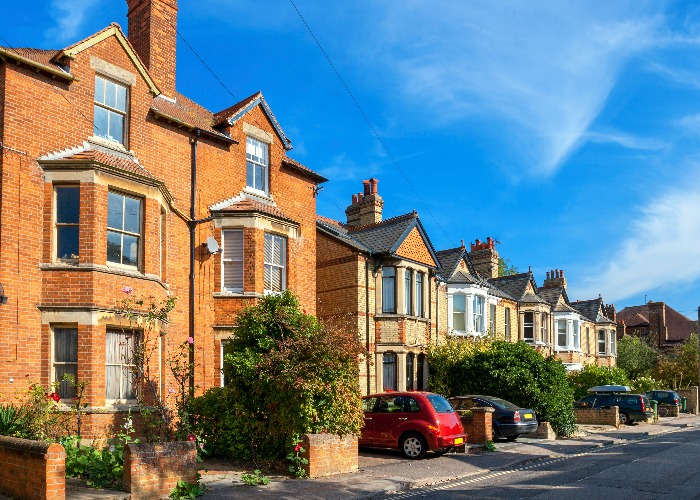Government to remove 'granny flat tax' from Finance Bill

Critics claimed tax would have unfairly penalised families looking after elderly relatives
The Government is on on course to scrap the controversial tax that penalises homeowners with self-contained ‘granny flats’.
From April 1, new laws were introduced to increase the tax paid by anyone buying a second home. The problem was these rules could also apply to anyone buying a home with a granny flat, and would have made it significantly more expensive.
Fortunately, the proposed amendment to the Finance Bill will remove the 'granny flat tax'.
The change will be backdated until the introduction of the surcharge April 1, so buyers needn't worry about it, even though the repeal isn't technically law yet.
Search for a cheaper mortgage today
Government backtrack
The Treasury has announced changes to the rules to protect houses with self-contained annexes. Now the 3% surcharge on Stamp Duty will only apply on properties with two or more annexes which are worth more than a third of the total value of the property.
“I have been made aware that the Bill as drafted might lead to some main houses with an annexe for older relatives attracting the higher rates of Stamp Duty intended to apply to additional properties,” David Gauke MP, Financial Secretary to the Treasury, told the House of Commons.
“I am happy to assure the House that that is not our intention and the Government will table an amendment to correct the error and ensure fair treatment for annexes.
“We certainly do not want to discourage people who wish to create an annexe for an elderly or disabled relative, providing them with support close at hand.”
Previously, the Treasury has said only around 1,000 property sales a year would be affected by the 'granny flat tax'.
How the problem arose
Stamp Duty – the tax you pay when you buy a property – is now subject to an extra 3% levy on second homes. It was introduced as a way to clampdown on the Buy-to-Let brigade (and boost the Government coffers in the process).
However, under the rules, any self-contained accommodation with its own entrance was classed as a property in its own right. This meant that someone buying a home that came with a granny flat could have been subject to the extra charge, almost tripling the tax bill in some cases.
For example, if you were buying a £300,000 home you would pay £5,000 in Stamp Duty. But, if it included a granny flat the tax soars to £14,000.
The charge was widely criticised with Paul Emery, a partner at tax specialist PwC telling the Daily Telegraph: “Applying the full 3% Stamp Duty surcharge to both the main residence and the granny flat is a surprising result.
“In some cases, the extra Stamp Duty may well be greater than the value of the annex itself. This could be a significant deterrent to potential buyers.”
Search for a cheaper mortgage today
'Victory for common sense'
The rule change “irons out technical unfairness” and reduces the number of granny flats affected, said a spokesperson for the Treasury.
“This is a victory for common sense,” says Paul Green, director of communications at Saga.
“The Chancellor is right to act to ensure that families can be confident that they won’t be penalised for doing the right thing and looking after their parents at home.”
Confused by Stamp Duty? Read our simple guide
This article has been updated
Catch up with the latest news:
11 things you need to know if you rent your home
Comments
Be the first to comment
Do you want to comment on this article? You need to be signed in for this feature